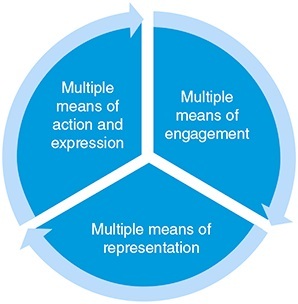Multimodal Literacies MOOC’s Updates
Reading for meaning
Practice Peer-graded Assignment: Optional Peer Reviewed Update #2
Make an update of 300 words or more: Analyze an approach to reading or a reading program that you have encountered, used, or would like to find out more about. Use the concepts introduced in this section to explore the pedagogy that underlies this approach or program.
I just cannot recall how I learnt the sounds of English language but many native speakers of English language have told me that I manage to pronounce most of the words correctly as it is intended to be pronounced. For example, the word Fungi is pronounced by me as ᶠ/ᵊ/ᵑ/ᵊᶥ whereas others pronounce as ᶠ/ᵘ/ᵑ/ᵊᶥ.
But when I started learning in my primary school, I should have learnt the phonemes first and then synthesized phonemes to make joint sounds, morphemes followed by words, sentence, and semantics and finally I should have figured out the pragmatics. When I became fluent, when I have a doubt in pronunciation or when I teach the language to kids, I have to analytically breakdown the words. With regards to my mother tongue Tamil, again it should have been learning the phonemes and graphemes and then constructing complex sounding language should have been the stage by stage learning involved.
Now days, irrespective of the language, Tamil or English, I look at the word fully sometimes in phrases and within seconds as mentioned in the video making jerky eye movements (skimming and scanning) I cling on to the semantics of the sentence or even sentences. I do know Hindi too but my fluency in Hindi is not great and hence I read letter by letter to read a word. Sometimes, I read a letter incorrectly but then quickly I find the correct word even if I am not sure about the incorrectly read letter in Hindi. I am just wondering right now as to what has understanding of these to do with multimodal literacy. Irrespective of the language, I always believed that all those 8 modes that you have mentioned earlier viz. written, oral, visual, gestural, audio, spatial and tactile are key players in formation of meaning and it’s much more powerful than decoding meaning by synthesizing phonemes to words or phrases to semantics. One might have figured out what best works out for him by developing his strategy towards meaning formation but we must also give weightage as to whether it can be applied in didactic or modern pedagogies. If there is a strategy useful for pedagogy then that model could be useful in teaching language. This kind of steers me towards UDL because UDL gives various varierties of opportunities for children in meaning formation especially with regards to language meaning formation. Example, Specialized fonts for Dyslexia kids so that they use the correct phoneme and manage to read words and come out the problem slowly with mentor's help.
Universal Design for Learning (UDL)
[Pedagogy for Inclusive Education - Oxford Research Encyclopedia of ...]



